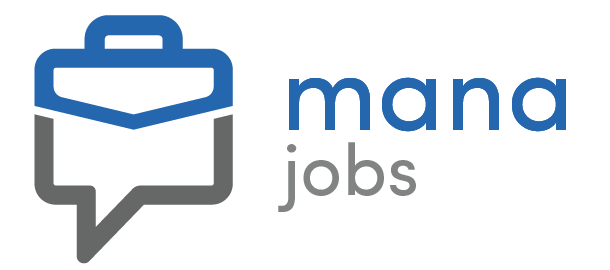Complete guide on writing a CV
An effective resume (CV) is a document that introduces you. According to research, employers look at each CV for more than 20 seconds. Your resume should provide the full credentials, work experience, education, accomplishments, and overall career goals. Besides, the information you provide must be attractive, formatted and error-free. Your cv may need to be changed for other Canadian employers. Usually, the following information should be included in a CV:
Complete guide on writing a CV
Contacts
Be sure to include your name, current home address, phone number, including area code, and personal email address in your resume. Contact information is important for applying for a job.
Your career goal is usually the introduction of your resume. This introduction identifies the context or situation you are applying. Your career goal should be specific, concise, and relevant to the job you are applying for.
Education
This section of the resume contains details of your educational background, which should start with the last degree, diploma or certificate. According to the standard format, the college or university must be listed first, followed by the degree/diploma/certificate, field, and graduation date.
Work Experience
Work experience is an important point that is considered more by employers. Recent graduates with no work experience should mention any part-time employment, summer jobs, volunteer work and internships. In this section, you should mention the companies’ names, places and employers you have worked for logically and consistently.
It is a good idea to specify a “Job Responsibility List” that includes a description of your specific job responsibilities and achievements for each job. Don’t forget to mention the name and location of the organization you worked for, title and date.
Requirements, skills and abilities
You should consider a bulletin list to overview your career goal’s skills, and admission requirements briefly. Examples are:
Knowledge of Microsoft Office and all related applications.
Honours and activities
Some resumes have a section that summarizes honours, activities, and strong academic abilities, such as honorary associations, scholarships, and extracurricular activities.
The applicant’s personality, taste, and personal lifestyle are vital to employers, and they usually choose someone whose life fits the company’s culture and perspective. So any good situation and suitable lifestyle can take you one step towards a good employer.
Sources
You can add your resources, if requested, or at the bottom of your resume. If you would like to cite sources, make sure the employer can contact the people on the list through the phone number you provide. If you feel that a potential employer might get your clients, be sure to tell the people on the list to wait for your employer to call.
Tips for writing a CV
- Spell checks your document to ensure the punctuation, grammar, and spelling are completely correct.
- Bring a custom cover letter with your resume. The accompanying letter is an opportunity to prove why you are the best person for the job. You can also use this template to communicate effectively with your employer. You must address the employer or manager to your cover letter and enter the company name.
- Enter “practical words.” Practical words are terms that best describe your job performance. These words include Achieved, acquired, addressed, analyzed, centralized, coordinated, created, demonstrated, designed, eliminated, enforced, implemented, improved, maintained, managed, organized, oversaw, performed, reorganized, reviewed, selected, supervised, surveyed, trained.
- Your resume should include relevant skills such as speaking a second language or master specific computer programs.
- Avoid using long paragraphs or sentences. The bullet-style, the use of a practical word, followed by a report of the action you have taken, allows you to give a lot of information about your work’s tasks, responsibilities, and achievements.
- All your terms should be equivalent to North America.
- Describe the results and achievements of previous work projects in quantitative terms.
- If you submit your resume online, you must justify the entire document’s left (left alignment). Use a standard font, only 10-14 in size. Avoid bold, underlined, or italicized print. Avoid brackets, graphics, shading, tabs, and hard returns.


